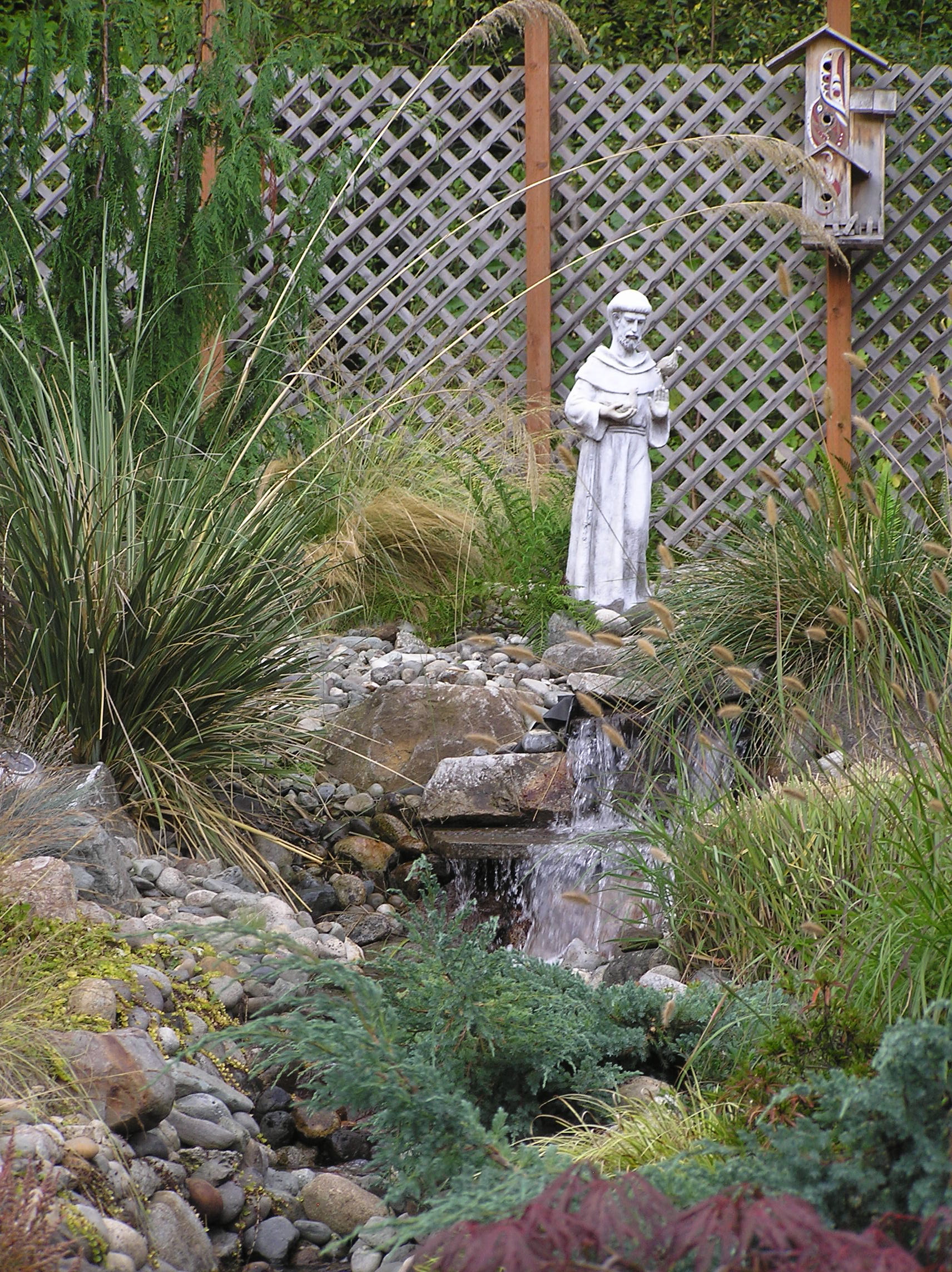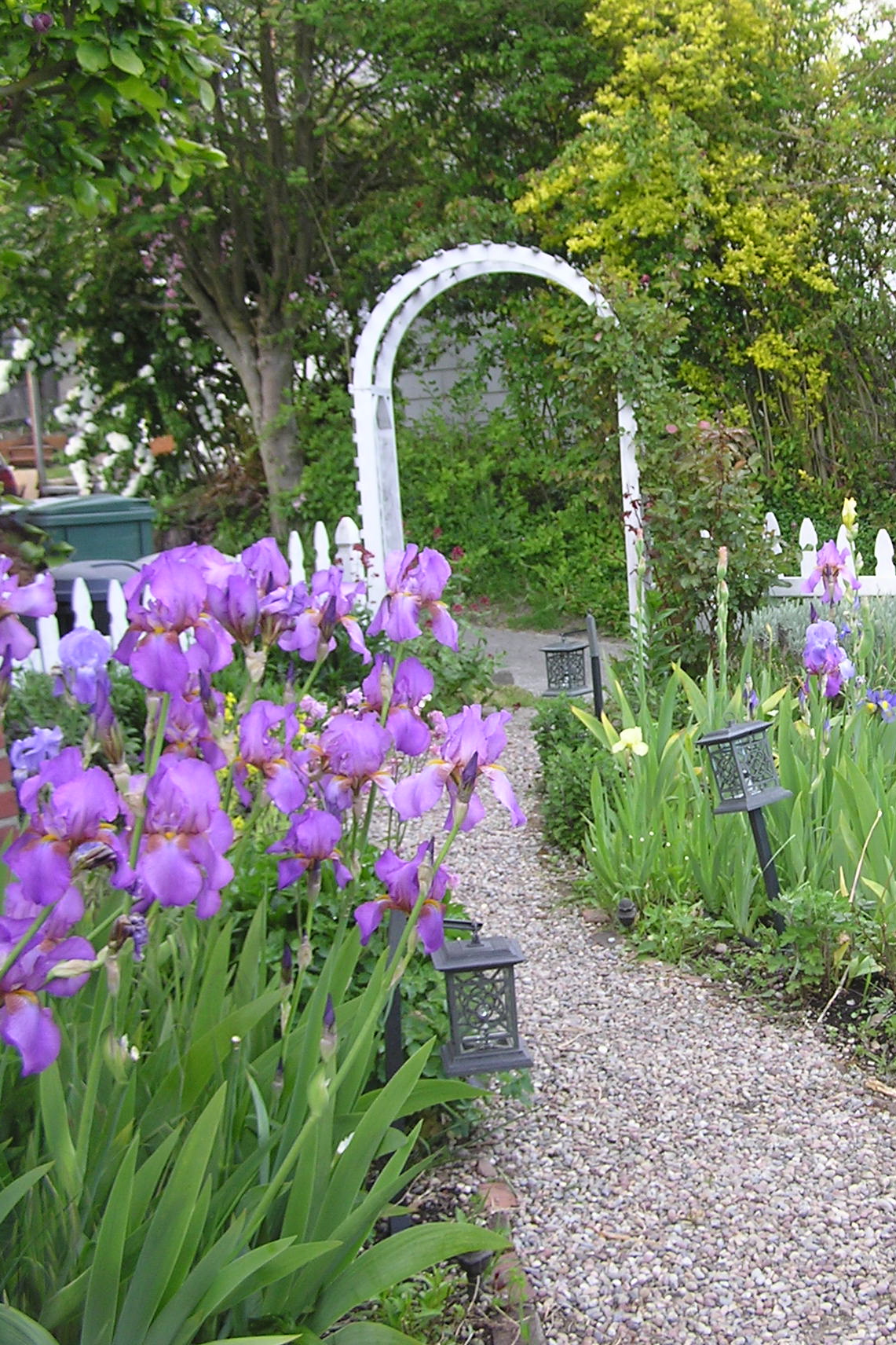Our understanding of sacred space has been trivialized and stereotyped by its confinement to churches and to the use of proscribed symbols that we believe are Christian. Once again my love for Celtic Christianity has guided me. The Celts found themselves intertwined with their surroundings. The land was not simply raw material for exploitation but an intelligent, living presence. The fabric of the land was home not only to man and animal, but also to the spirits of the forest and the crops, the underground dwellings of the ancestors, and the gods themselves.
The early Celtic Christians did not do away with the symbols of the culture, they transformed them into symbols of their faith. The high places of the druids were planted with the high crosses of Christianity which became important teaching stations. The stories of Celtic gods were transformed and interwoven with stories of Celtic saints. And all of creation was translucent, unveiling the presence of the eternal God revealed in Jesus Christ.
We too can use symbols and sacred elements that speak to our faith today. If we seek renewal, contemplation and healing as well as beauty in the garden then we can very deliberately incorporate symbols, shapes, and patterns that enhance this. If we see our interaction with the garden as an invitation to participate in the divine act of creativity and imagination this becomes an even more meaningful relationship that renews and nurtures our souls as we grow and change. If we see our gardens as translucent beauty through which God glory shines then we very deliberately incorporate elements that speak to us of God.
So what are the threads you want to weave into your garden to enhance its revelation of God? Here are a few suggestions:
Crosses and statues: these are the expected “Christian” symbols in our gardens and they can play an important role as focusing points for us. St Francis is the commonest statue encountered in sacred gardens but statues of Jesus or Madonna also appeal to many. Others prefer bird baths and feeder, sundials, fountains or totem poles that remind them of the wonder of God and the temporal nature of human existence.
Paths, patterns, mosaics and mazes. Meandering paths and stepping stones invite us to explore. Spirals, labyrinths, and mazes entice us into contemplative walks. Mosaics and other patterns created from pebbles, tile wood and stone, add beauty, texture and meaning.
Patios, benches, and gathering places. These can invite us to sit alone and mediate or can provide places for groups to gather. Shared fellowship and food in a garden adds another dimension of sacredness as we partake of God’s banquet feast together.
Arches, gates and arbors. A canopy of grape vines provides a translucent roof of living light within which we can sit and savour this fruit of God. Arches like rainbows remind of us of the interplay between heaven and earth and gates beckon us to private places where we can move deeper into intimacy with God.


